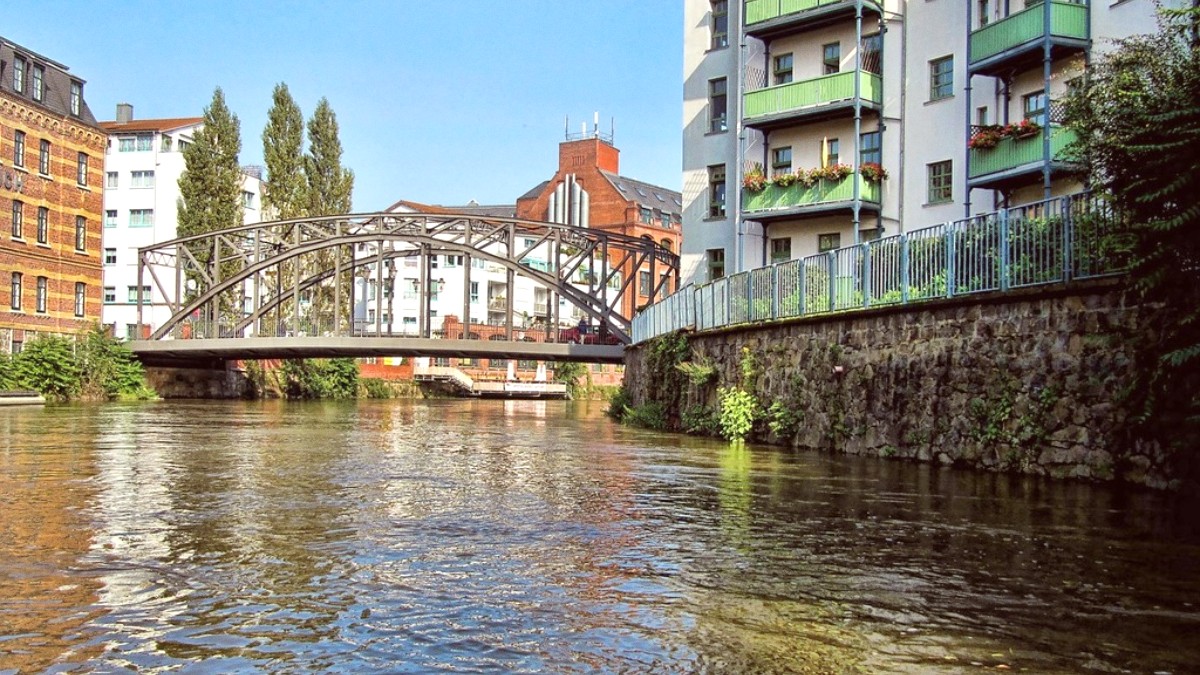
Saxony, Germany
Dresden: (approximately 1 hour 30 minutes by train or car). Dresden is the capital of Saxony, known for its reconstructed Baroque architecture. Landmarks include the Frauenkirche, the Zwinger Palace, and the Semperoper.
Weimar: (approximately 1 hour by train or car). A UNESCO World Heritage site, Weimar holds a deep association with German classical literature, the home of literary giants Goethe and Schiller.
Halle (Saale): (approximately 20-30 minutes by S-Bahn). A charming city with a significant historical center. Halle is the birthplace of George Frideric Handel. Visitors see Moritzburg Castle and the Halle Cathedral.
Wittenberg (Lutherstadt Wittenberg): (approximately 40 minutes by train). This city holds historical significance for the Reformation. Martin Luther posted his 95 Theses here. It is also a UNESCO World Heritage site, with churches and Luther's former home.
Naumburg: (approximately 40 minutes by train). Naumburg has the Naumburg Cathedral, a UNESCO World Heritage site celebrated for its medieval sculptures, especially the figures of Uta and Ekkehard.
Leipzig’s proximity to rehabilitated mining landscapes and natural parks provides for outdoor recreation and scenic beauty.
Leipziger Neuseenland: (South of Leipzig, accessible by tram or bike). This vast region consists of recreational lakes formed from former lignite mines. Activities abound.
The lake landscapes of the Leipziger Neuseenland provide open water views and recreational opportunities. The transformation of former industrial areas into natural spaces presents a compelling sight. The Auenwald (floodplain forest) within Leipzig also provides scenic walks.
Leipzig’s surroundings are rich with historical and cultural sites, extending the opportunity for exploration into Saxony’s heritage.
Dessau-Wörlitz Garden Realm: (UNESCO World Heritage, ~1 hour by train/car). An example of English landscape design from the Age of Enlightenment with palaces and gardens. Torgau: (~40 minutes by train). An important Renaissance town with Hartenfels Castle, known for its role in the Reformation.
Explore smaller villages in the Leipzig region, like those around the lakes or within the Düben Heath. These provide a contrasting experience to the urban environment, with traditional Saxon architecture and agricultural landscapes. Local markets in these villages feature fresh produce and crafts.
The Luther sites in Wittenberg (mentioned above), Eisleben, and Mansfeld are pilgrimage sites for those interested in the Reformation. These locations provide insights into Martin Luther’s life and the origins of Protestantism. A visit to Wittenberg with nearby Eisleben forms a fuller picture.
Explore and book a variety of day trips and excursions from Leipzig to enhance your travel experience. From historical tours to nature escapes, a wide selection awaits.
Leipzig's excellent transport links connect to other major cities or natural parks in Germany and Central Europe, setting the stage for multi-day extensions.
Visual highlights from Leipzig and its nearby excursions.
A prominent symbol of Dresden's Baroque architecture, rebuilt after wartime destruction. Its distinctive dome defines the city skyline.
Famous as the site where Martin Luther is said to have posted his 95 Theses in 1517, igniting the Reformation. It holds deep historical and religious significance.
These rehabilitated former mining areas transformed into beautiful lakes, providing numerous recreational options and demonstrating successful landscape restoration.
A significant natural habitat within the urban landscape of Leipzig, offering tranquil walks and a rich ecosystem. It showcases beautiful autumn foliage.
Discover the cultural richness and natural beauty surrounding Leipzig with these recommended day trips and multi-day extensions.
A UNESCO site with stunning English landscape design and historical buildings.
A Renaissance town with Hartenfels Castle, significant for Reformation history.
A low mountain range with medieval towns and hiking trails.